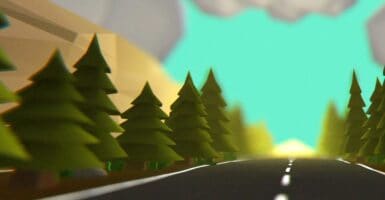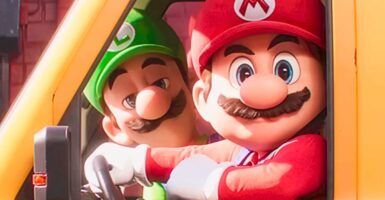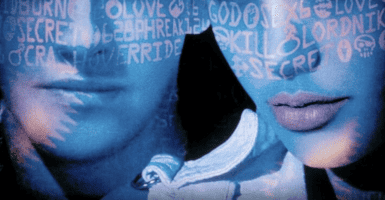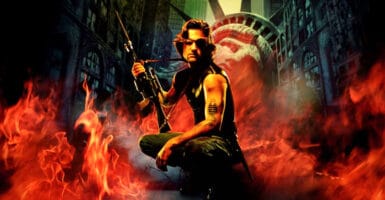How Indiana Jones Created The PG-13 Rating
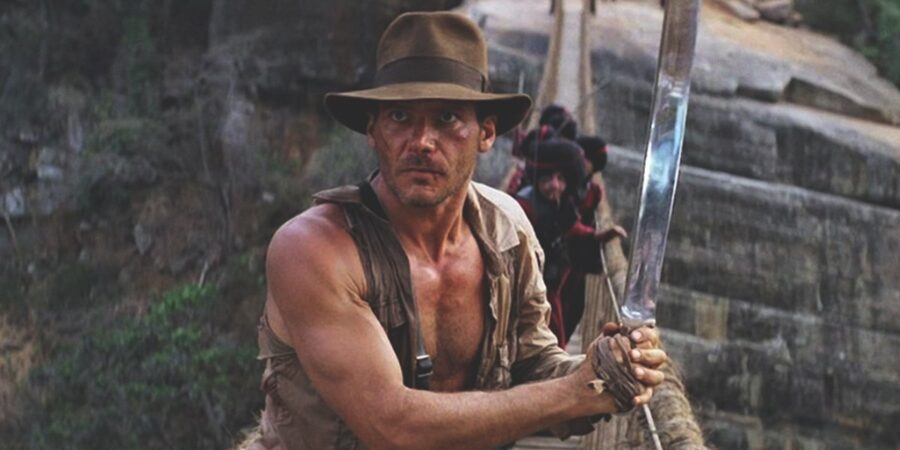
Director, producer, and screenwriter Steven Spielberg has left an indelible mark on the film industry through his iconic works and innovative storytelling. Although he is not directly responsible for the entire film rating system, his 1984 adventure film Indiana Jones and the Temple of Doom stirred enough controversy to warrant a major change.
The comparatively dark content of 1984’s Indiana Jones and the Temple of Doom helped inspire the PG-13 movie rating.
Movie ratings were introduced in 1968 by the Motion Picture Association as a means to inform parents or guardians about a film’s appropriateness for children. However, it was not as comprehensive as it is today. Initially, there was no clear distinction between a PG-rated (Parental Guidance Suggested) film and an R-rated film, which restricts viewers under the age of 17.
Consequently, films like Indiana Jones and the Temple of Doom and Gremlins found themselves in a gray area, not intense enough for an R rating yet not entirely suitable for a PG rating. The violent scenes in Temple of Doom, deemed too intense for a PG rating, highlighted the need for a new rating category that bridged the gap.
After coming under criticism for Indiana Jones and the Temple of Doom and Gremlins in the same year, Spielberg came up with a solution. “I remember calling Jack Valenti [then the president of the Motion Picture Association] and suggesting to him that we need a rating between R and PG because so many films were falling into a netherworld, you know, of unfairness,” he told Vanity Fair.
“Unfair that certain kids were exposed to [films like] Jaws, but also unfair that certain films were restricted, that kids who were 13, 14, 15 should be allowed to see,” Spielberg continued. “I suggested, “Let’s call it PG-13 or PG-14, depending on how you want to design the slide rule,” and Jack came back to me and said, “We’ve determined that PG-13 would be the right age for that temperature of movie.”
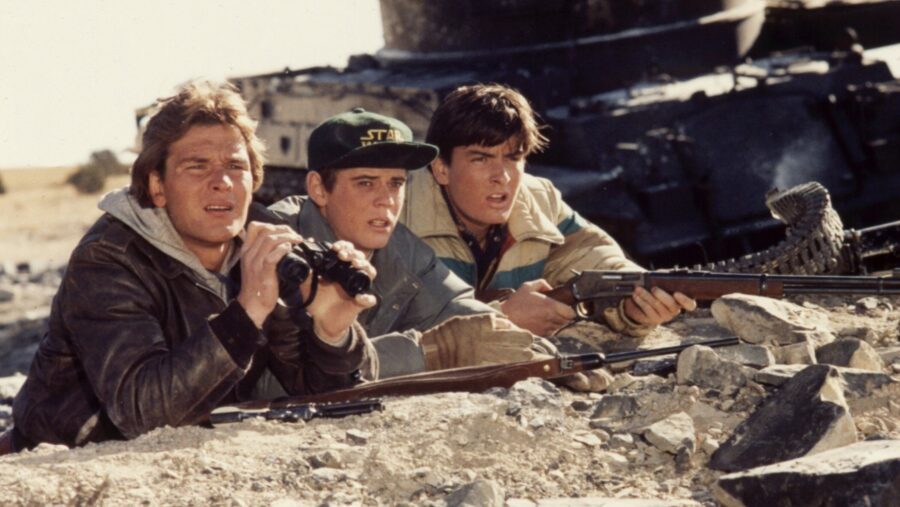
“So I’ve always been very proud that I had something to do with that rating,” Spielberg added. Indiana Jones and the Temple of Doom kept its PG rating. However, in the same year, Red Dawn made history by becoming the first movie ever to be released with a PG-13 rating in theaters. Since then, the PG-13 rating has become one of the primary categories in movie ratings.
Indiana Jones and the Temple of Doom received widespread acclaim as an instant classic upon its release in 1984. However, it was not without its share of backlash, with critics swiftly noting its darker tone and surprisingly brutal violence. Specific scenes or elements that were deemed problematic include the nightclub brawl in which a man was seen being poisoned and shot.
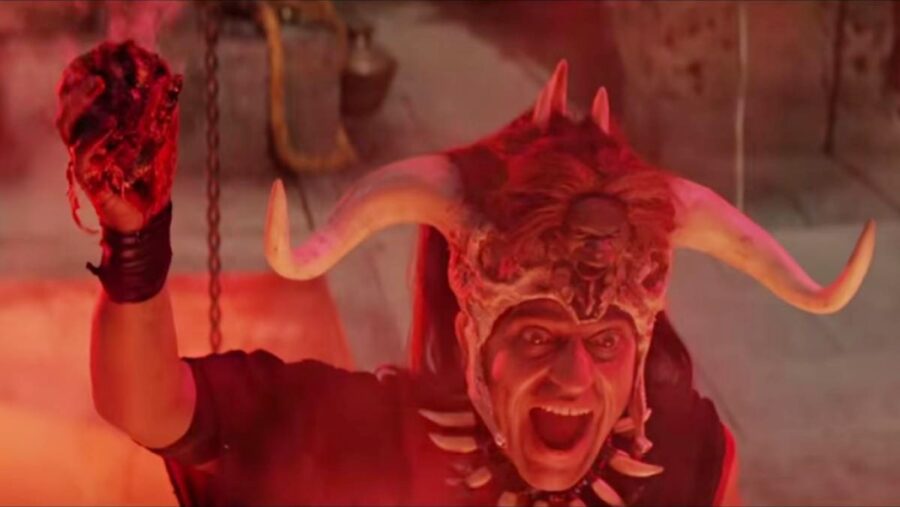
Indiana Jones and the Temple of Doom (1984)
The infamous scene in which a man’s heart is ripped out of his chest and the depiction of him being burned alive in a pit of lava were also maligned for their graphic nature. Furthermore, Willie Scott’s (Kate Capshaw) near sacrifice to Kali was considered too disturbing for Indiana Jones and the Temple of Doom and its PG-rating.
“I remember calling Jack Valenti [then the president of the Motion Picture Association] and suggesting to him that we need a rating between R and PG because so many films were falling into a netherworld, you know, of unfairness.”
-Steven Spielberg
Temple Of Doom’s Other Controversies
One of the other significant controversies surrounding Indiana Jones and the Temple of Doom was its portrayal of India and local culture. This aspect caused such outrage that the film was temporarily banned in India. As the years went by, the character of Willie Scott faced criticism for being a damsel in distress and for representing a stereotypical portrayal of women.
Despite the criticisms and Spielberg’s own disowning of the film for going too far, Indiana Jones and the Temple of Doom, starring Harrison Ford, remains a memorable and controversial entry in his canon, with its mix of exhilarating adventure and darker elements leaving a lasting impact on the world of cinema.









